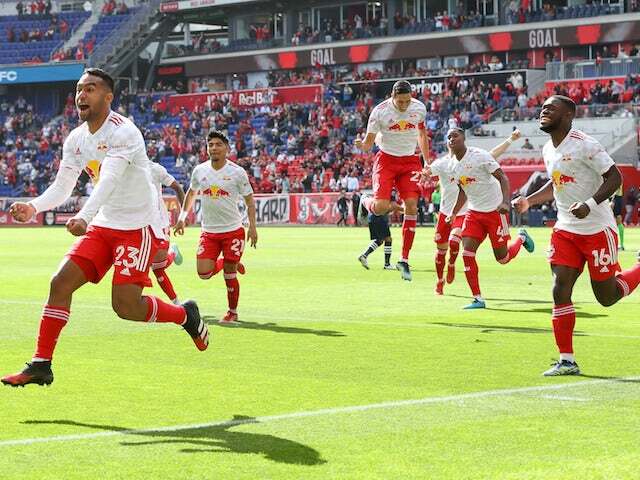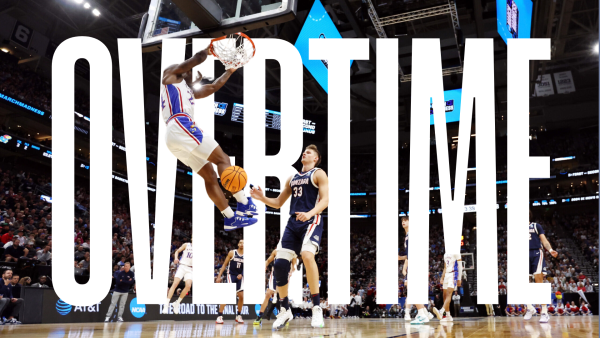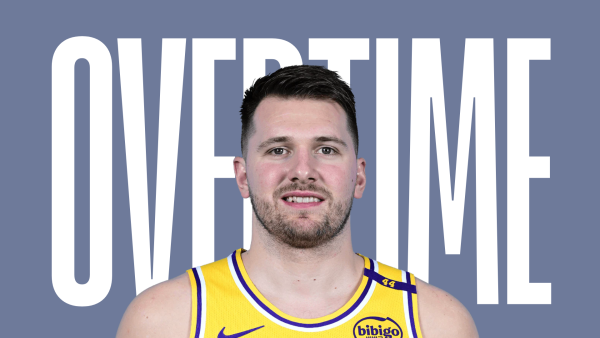Overtime: The Puzzling Home Form of the New York Red Bulls
Since Red Bull Arena opened in March 2010, the New York Red Bulls have never had a losing record at home in Major League Soccer (MLS) play. The 25,000 seat stadium in Harrison, N.J. is historically known throughout MLS as a tough place to play for road opposition. This year, however, that theme has changed drastically.
The Red Bulls currently sit at 4-5-6 at home, in danger of their first losing season ever within the friendly confines of Red Bull Arena. That mark is the worst in MLS in terms of home winning percentage. But perhaps even more puzzling is that the Red Bulls currently sit at third in the eastern conference, comfortably in a playoff position. This is thanks to their incredible 9-3-3 road record, which is the best in all of MLS.
How can a team perform so poorly at home yet succeed in such a profound way on the road? For one, the Red Bulls’ style of play lends itself to a low-possession, high-pressing style of soccer. Typically, teams on the road like to sit back and absorb pressure, choosing their moments carefully to attack on offense. This is exactly what teams do when they come to Red Bull Arena, and what the Red Bulls do when they go on the road. While the Red Bulls have their high pace style of soccer down to a tee against teams who like to possess the ball, New York still hasn’t figured out how to break down a defense sitting in a low-block.
In eight of their nine road wins this year, the Red Bulls possessed the ball less than 40% of the time. That number dropped as low as 22% in a win against Austin FC at Q2 Stadium. This is a team that thrives on the counter with players such as Lewis Morgan, Luquinhas and new signing Elias Manoel. When trying to break down a defense that is sitting deep defending their own box, these kinds of players aren’t as effective.
In my opinion, Red Bull Arena’s dwindling attendance the last few years also plays a factor. In the early-to-mid 2010s, the Red Bulls’ average home attendance never dipped below 18,000 fans, and reached as high as 21,175 in 2017. That number represented the peak of a gradual increase each year since the stadium’s opening. Since then, numbers have dropped significantly, even before the pandemic. Attendance dipped in 2018 and again in 2019, with average crowds dropping to 17,279 people. Discounting 2020 and 2021 due to COVID-19 capacity restrictions, the Red Bulls have averaged a measly 16,489 fans per game in 2022 with no restrictions on attendance.
While there are a variety of factors for this attendance drop including the stadium’s location, a lack of marketable players and a lack of postseason success over the years, the fact remains that Red Bull Arena is not the loud fortress that it once was. Sure, we’ve seen big crowds at points this season against NYCFC and Inter Miami, but teams are no longer scared to come to Red Bull Arena.
That was on display this past weekend against Philadelphia, where a depleted Red Bulls’ supporters section was out chanted by a raucous group of traveling Union fans across the stadium.
Come playoff time, the top four teams within the Eastern Conference get a home playoff match. The Red Bulls, currently sitting in third place, could very well end up finishing in one of those positions. They showed strides of improving against a low block against Inter Miami two weeks ago in a 3-1 win. Although some fans have suggested that the Red Bulls would be better off without a home playoff match, everything is different come playoff time. Crowds will definitely show out, and Red Bull Arena will be packed.
Despite the wacky and unpredictable trends of this season, it remains to be the Red Bulls main focus that they secure a home playoff game for their best chance of winning MLS Cup, and ending their winning drought.

Nick Guzman is a junior from Flemington, N. J. majoring in journalism. He first joined the Ram as a freshman, beginning as a contributing writer before...












































































































































































































